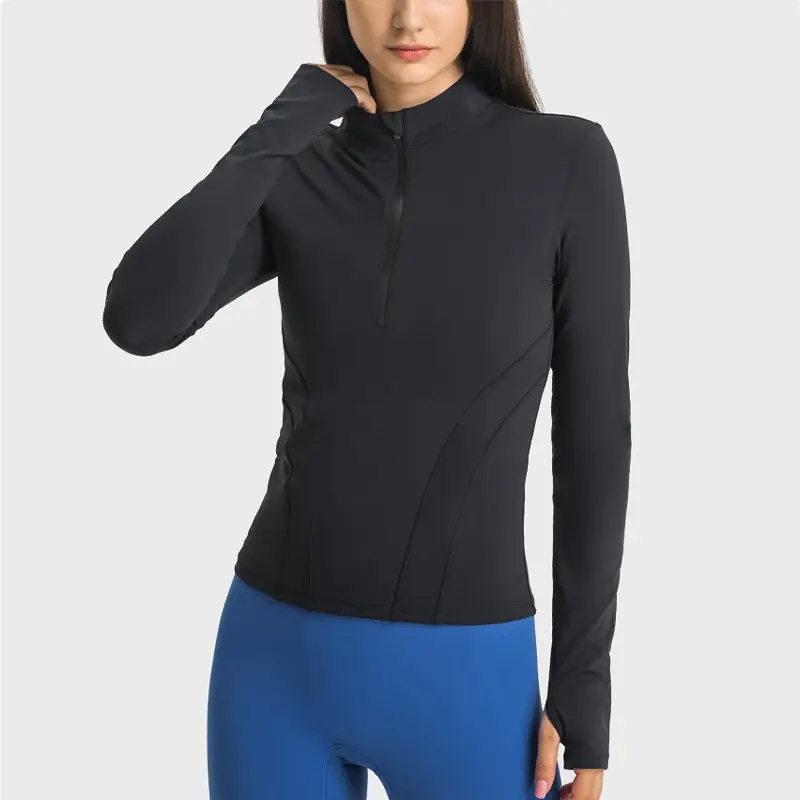Demand for wool-making outdoor sportswear is rapidly increasing
In recent decades, outdoor enthusiasts have increasingly turned to synthetic fabrics for their clothing. However, the wool used today is significantly finer, lighter, and more durable than traditional wool. As demand for outdoor sportswear continues to rise, more manufacturers are now exploring eco-friendly wool options. This shift has been highlighted by Chris Hirsch from ParagonSports, a major sporting goods distributor in New York, who noted that leading brands are now competing fiercely to secure merino wool supplies. Why? Because garments made from merino wool can easily pair with jeans, slacks, or skirts, offering both comfort and style.
Currently, 50% of all types of sports undergarments are made from wool. One key advantage of wool clothing is its ability to resist odors over long periods—something that’s extremely valuable for outdoor adventurers who often wear the same clothes for several days. Jack Jefferson, who runs several hunting camps in Wasilla, Alaska, shared his experience: "When I wore synthetic clothing for five straight days, I could feel the odor building up. But when I switched to wool, I wore the same outfit for ten days and still had no smell. In fact, I even started to notice my own body odor more than the clothes."
Environmental concerns are also driving the shift back to wool. Supporters argue that wool is more sustainable compared to synthetic materials. Jerry Mu, founder and CEO of Icebreaker, explained that synthetic fabrics require oil extraction and complex chemical processes, whereas wool production has a much smaller environmental footprint.
Back in the 1980s, wool was the go-to fabric for outdoor enthusiasts. The rise of synthetic fabrics changed that trend, as they were less prone to wrinkling and offered better moisture-wicking properties, along with quick-drying capabilities. But six years ago, merino wool began making a comeback. Initially, sales struggled because many hikers and climbers found it uncomfortable. However, as awareness of environmental issues grew and the performance of wool products improved, demand gradually picked up.
Despite this progress, the high cost of wool clothing remains a challenge. According to industry data, merino wool outdoor apparel is 30% to 50% more expensive than synthetic alternatives. For example, Patagonia sells synthetic fiber underwear for around $40, while the same line made from merino wool costs up to $90. Still, many consumers are willing to pay the premium for the comfort, sustainability, and long-term benefits that merino wool offers.
Equestrian Base Layer long-sleeved women's equestrian base layer tops made of 80% Nylon + 20% Spandex, with high resilience and abrasion resistance. Comfortable four-way stretch, anti-UV, moisture wicking and quick drying.
Women Jodhpurs horse riding tops long-sleeved models, moisture-wicking, breathable and sexy.
Outdoor sports are more sunny, Horse Riding Women equestrian long-sleeved shirts wear can increase the physical sun protection area, but also suitable for winter riding as a base shirt.

Equestrian Base Layer,Equestrian Short Sleeve Tops,Equestrian Base Layer Top,Dry Equetrian Shirts Tops
Guangzhou Muxin Sporting Goods.Ltd. , https://www.muxinsports.com